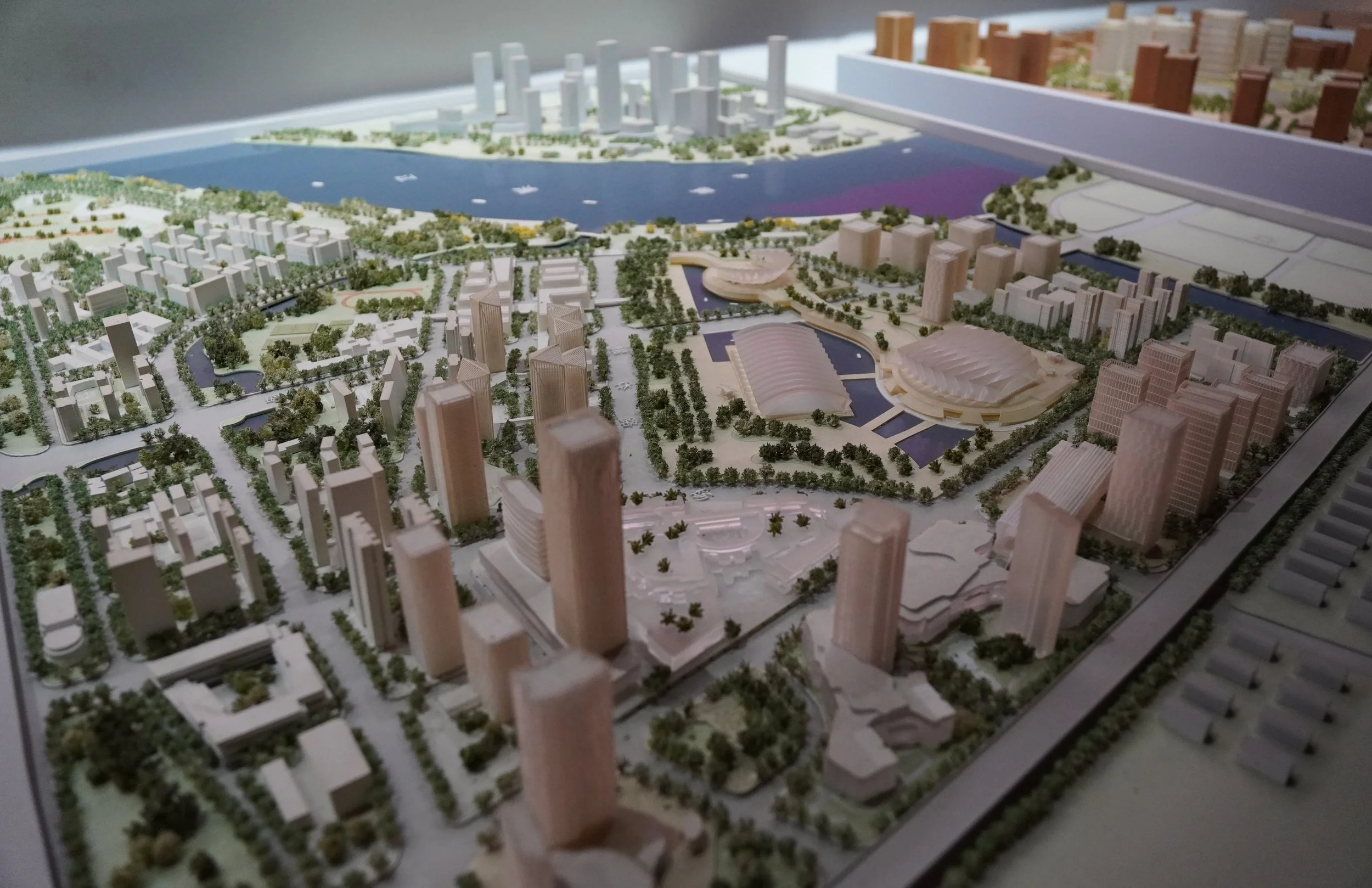How Much Do Architectural Scale Models Cost in US? (Quick Guide)
A quick guide to understanding the cost of architectural scale models in the U.S., from small concept models to masterplans and presentation models.
Architectural scale models continue to be an essential tool for developers, architects, and real estate teams who need a clear, tactile representation of their projects. Pricing varies widely depending on size, detail, and purpose, but here is a straightforward breakdown you can use for budgeting.
Typical Price Ranges
These are common U.S. market ranges for 2025:
Small Concept Models
$2,000 – $8,000
Used for massing, feasibility studies, early-stage design, and small residential models.
Mid-Size Architectural Models
$4,000 – $20,000
Typical for townhomes, small commercial buildings, and site models with moderate detail.
Large Display / Presentation Models
$15,000 – $80,000+
Used in real estate sales galleries, luxury developments, and high-detail presentations.
Masterplans & Industrial Models
$30,000 – $250,000+
Covers large urban planning models, industrial facilities, shipyards, campuses, and infrastructure.
Key Factors That Affect Cost
1. Scale and Physical Size
Larger models require more materials, more components, and more fabrication time. A shift from 1:200 to 1:100 can double the cost.
2. Level of Detail
Fine façade details, furniture, landscaping, lighting, and realistic finishes increase material and labor hours.
3. Materials Used
Costs change based on whether the model is built from ABS, acrylic, resin, engineered wood, or a mix of premium components.
4. Source File Quality
Clean Revit, CAD, or SketchUp models reduce drafting and preparation work. Incomplete or 2D files usually add cost.
5. Special Features
LED lighting, interchangeable modules, transparent components, moving parts, and embedded electronics add to pricing.
6. Timeline
Rush projects use more labor overlap and extended machine hours, which increases the overall cost.
What You Should Prepare Before Requesting a Quote
Providing these items ensures accurate pricing:
Dimensioned site plan
3D model (Revit, Rhino, SketchUp, DWG, FBX)
Desired scale (e.g., 1:50, 1:100, 1:200)
Expected level of detail
Purpose of the model (presentation, design review, masterplan, etc.)
Delivery location
Why Cost Varies So Much
Architectural models are custom-built physical products. They combine 3D printing, CNC machining, hand assembly, painting, and finishing.
Because every project is unique in complexity and intent, the pricing can only be estimated once the design information is reviewed.
How to Choose the Right Scale for an Architectural Model
Choosing the right scale for an architectural model depends on the real dimensions of the object, the level of detail required, and how the model will be used. This guide explains common scales, how to convert real-life dimensions into model size, and how to select the right scale for any project.
Choosing the right scale for an architectural model depends on the model’s purpose, level of detail, and the actual dimensions of the real object. Scale suggestions are general rules of thumb — every project requires its own evaluation.
Always Start With the Real Dimensions
Before selecting a scale, calculate how big the model will be:
Real height
Real footprint
Longest edges
Available display or shipping space
A model that becomes unusually tall or tiny is a sign the scale needs adjusting.
General Rule-of-Thumb Scales
(Actual dimensions always override these guidelines)
1:50 – Interiors, units, hotel rooms
1:100 – Building architecture
1:200 – Mixed-use blocks, TODs
1:500 – Masterplans, large sites
1:1000 – City-scale overview
How to Convert Real Dimensions Into Model Size
Formula:
Model Size = Real Size ÷ Scale
Example 1 — in Imperial Unit
Real object: 420-ft tower
Scale: 1:200
Model height:
420 ÷ 200 = 2.1 ft ≈ 25.2 inches
Example 2 — in Metric Unit
Real object: 120-meter building
Scale: 1:500
Model height:
120 ÷ 500 = 0.24 m = 24 cm
How to Choose the Right Scale
Ask yourself:
What are the actual dimensions of the building or site?
How big will the model be after scaling?
Does it fit your table, gallery platform, or crate?
What detail do you need to show?
Who is the audience?
The right scale ensures clarity, practicality, and visual impact.
Carve Model — Bringing Your Vision to Life with Precision and Craftsmanship.


